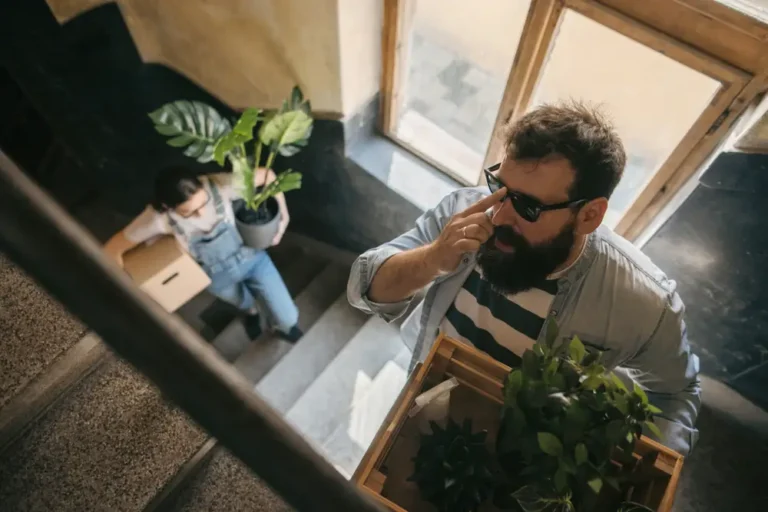I grew up in a cluttered house. Now, I feel satisfaction from donating things I don’t use.

The author (not pictured) doesn’t like to keep clutter around her house.
During my childhood, unexpected guests always caused a panic in our house. The moment we saw a car pull up — or, God forbid, heard a knock at the door — my family would hurriedly scramble to straighten up the living room in an attempt to mask the disorder that permeated our home.
In a house with two small kids, clutter was a given. But the mess in my family’s home went beyond the usual toys on the floor or an overflowing hamper in the bathroom. Our house wasn’t dirty, but it was full of things we didn’t need — clothes that no longer fit, threadbare towels, unused kitchen utensils, toys we’d outgrown.
There was a reason behind the clutter in my childhood home
In most homes, I imagine these things would’ve been thrown away or perhaps bagged up and donated. But not in our house. They filled cabinets, spilled from overstuffed drawers, and accumulated on surfaces, such as the dining room table or the kitchen counter.
But my parents weren’t hoarders, exactly. They were simply among a generation of Americans raised by parents who survived the Great Depression. On my father’s side, in particular, the origin of his tendency to hold on to clutter remains particularly easy to trace.
My paternal grandmother raised nine kids during the lean years of the Depression and World War II, when my grandfather was shipped off to the Pacific Theater. Like so many other Americans, my grandmother learned to get by on very little during those years, stretching food, fabric, and funds to ensure her children remained clothed and fed.
While that trauma bred a sense of resilience and thriftiness in her, it also instilled the idea that everything should be saved, lest you find yourself in need of said item and unable to make or buy it. The idea of throwing or giving away things you no longer needed felt wasteful and foolish, so she just kept everything.
And so did most of her kids, including my dad. Even today, getting him to toss broken or unused items takes an act of Congress. His retorts of “I might need it sometime” or “It can be fixed” echo my grandmother’s poverty-formed interpretation of “Waste not, want not.”
My upbringing informed how I see clutter as an adult
Growing up in a house like this colored how I see clutter and cleaning. I’m not a minimalist, but I do derive a sense of satisfaction and accomplishment from purging unused, broken, or unneeded items from my home.
Lugging bags and boxes of stuff from my house to the trash or donation center gives me a bit of a thrill. Seeing a once-crowded space become neat and orderly brings a sense of control I lacked as a child growing up in a messy house.
Don’t get me wrong — my house can be just as messy as anyone’s. I’m human, and also the parent of a 9-year-old — clutter happens. But rather than letting it continue to accumulate, rationalizing reasons to hang onto jeans I’ll never fit back into, or the cords that don’t seem to belong to any device, I’ve learned to let go.
Fighting the urge to hang onto things as my parents and grandparents did can be tough sometimes, but the joy I feel when I let go far outweighs the benefits of hanging onto items I don’t need.
And making space for things that matter by getting rid of those that don’t does more than keep my counters clean — it also reminds me that just as I periodically purge and declutter my home, I should do the same with other things in my life that no longer serve me.






